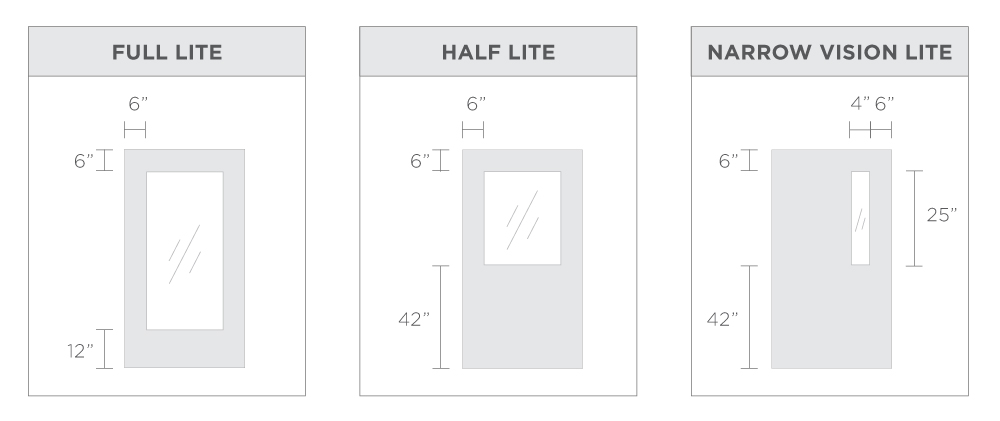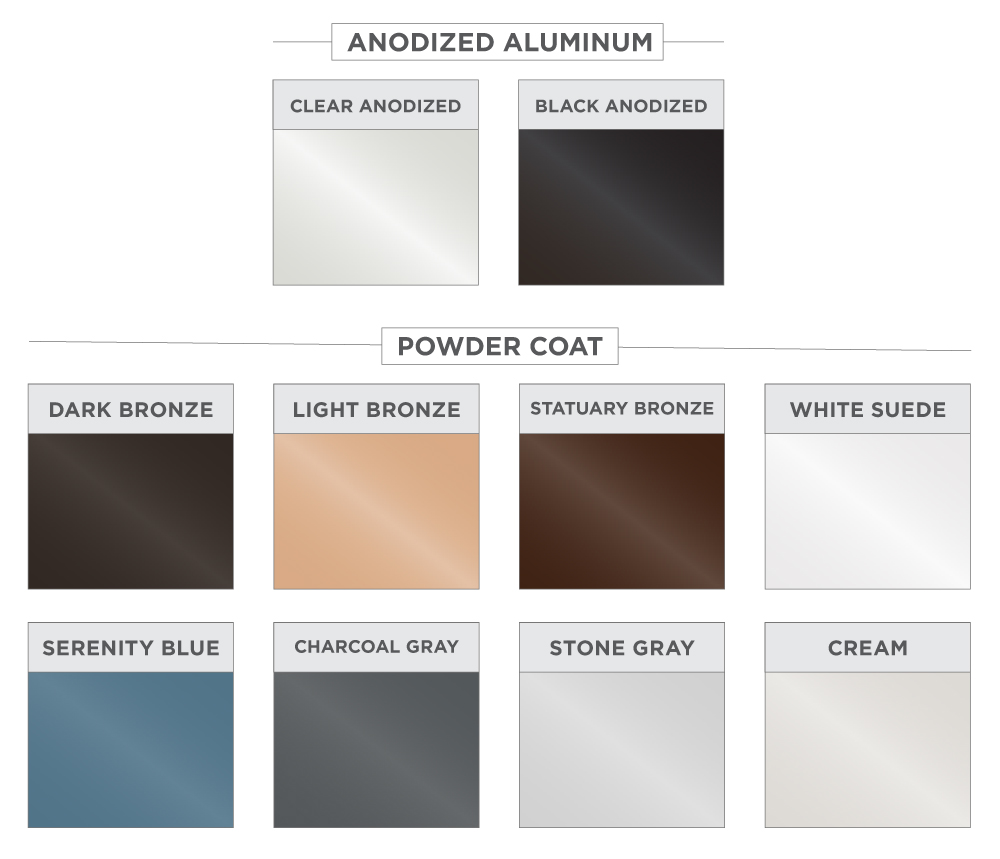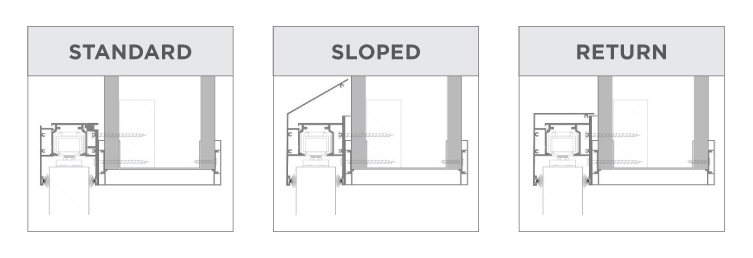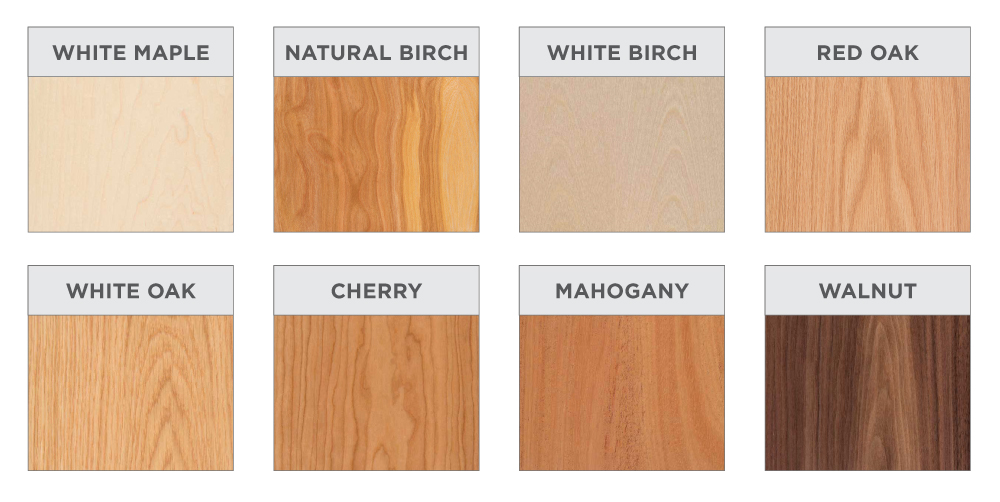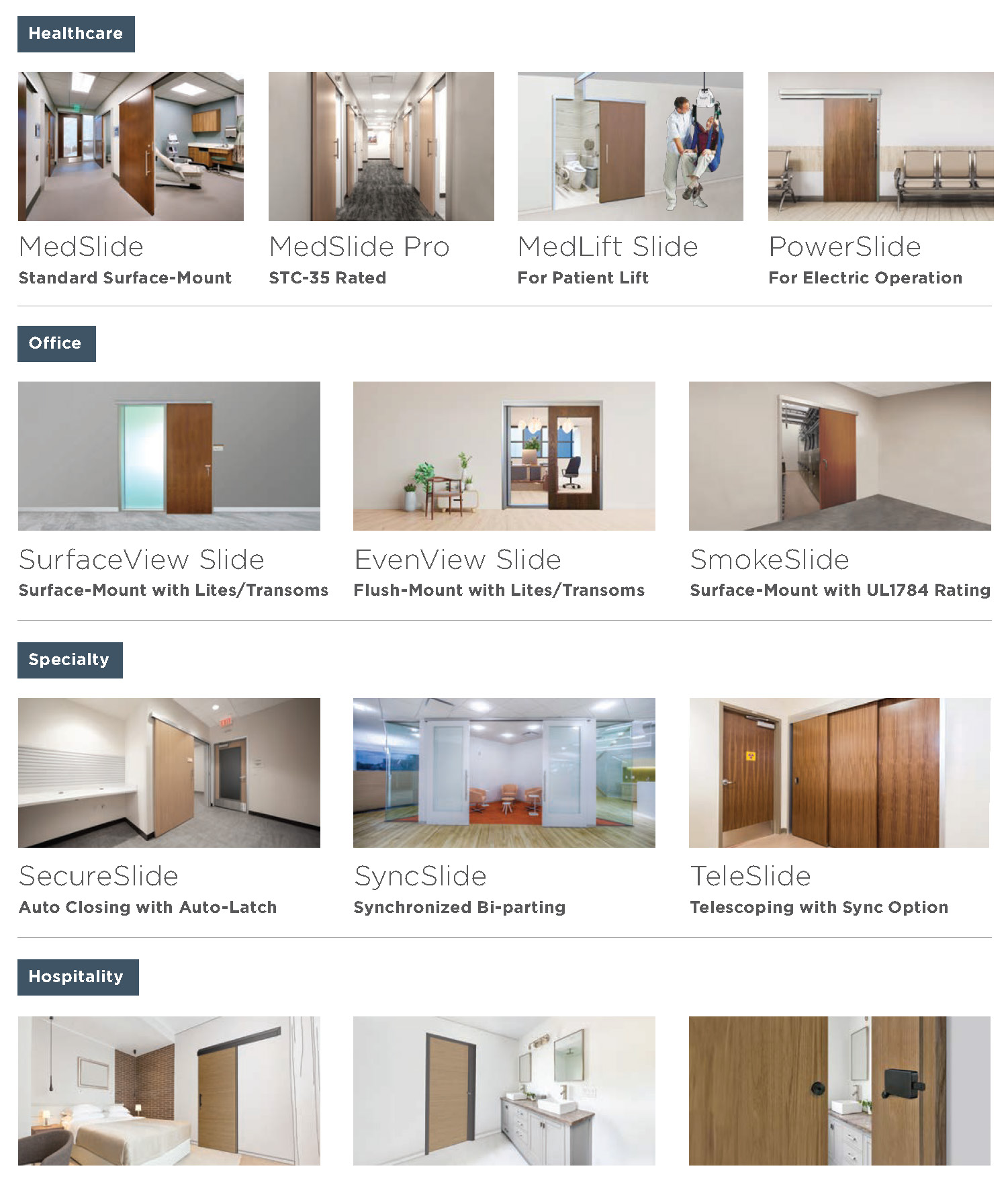The Evolution of Custom Sliding Doors: Trends and Innovations for Global Buyers
What has greatly reformed the market for custom sliding doors has been the influence of changing consumer tastes and technology? Grand View Research reports that the global sliding door market size is expected to reach USD 37.83 billion by 2027, at a CAGR of 4.8%. This growth is chiefly due to the rising demand for tailor-made solutions that provide aesthetic appeal and functionality to their homes and commercial spots. There is an increasing trend for clients to want sliding doors that express their personality and are practical. This merges into new developments in design and materials.
For global buyers, the quick changeover of the custom sliding doors sees the entry of a myriad of options tailored to suit their needs. Some trends in the industry include smart technologies, energy-efficient materials, and sustainable implementation. An increasing demand for eco-friendly construction materials, as seen in a study by Mordor Intelligence, is prompting manufacturers to emphasize sustainability in their offerings. Our blog analyzes the current trends and innovations in custom sliding doors so as to provide an insight for buyers seeking to invest in products that meet their stylistic demands and eco-friendly solutions.
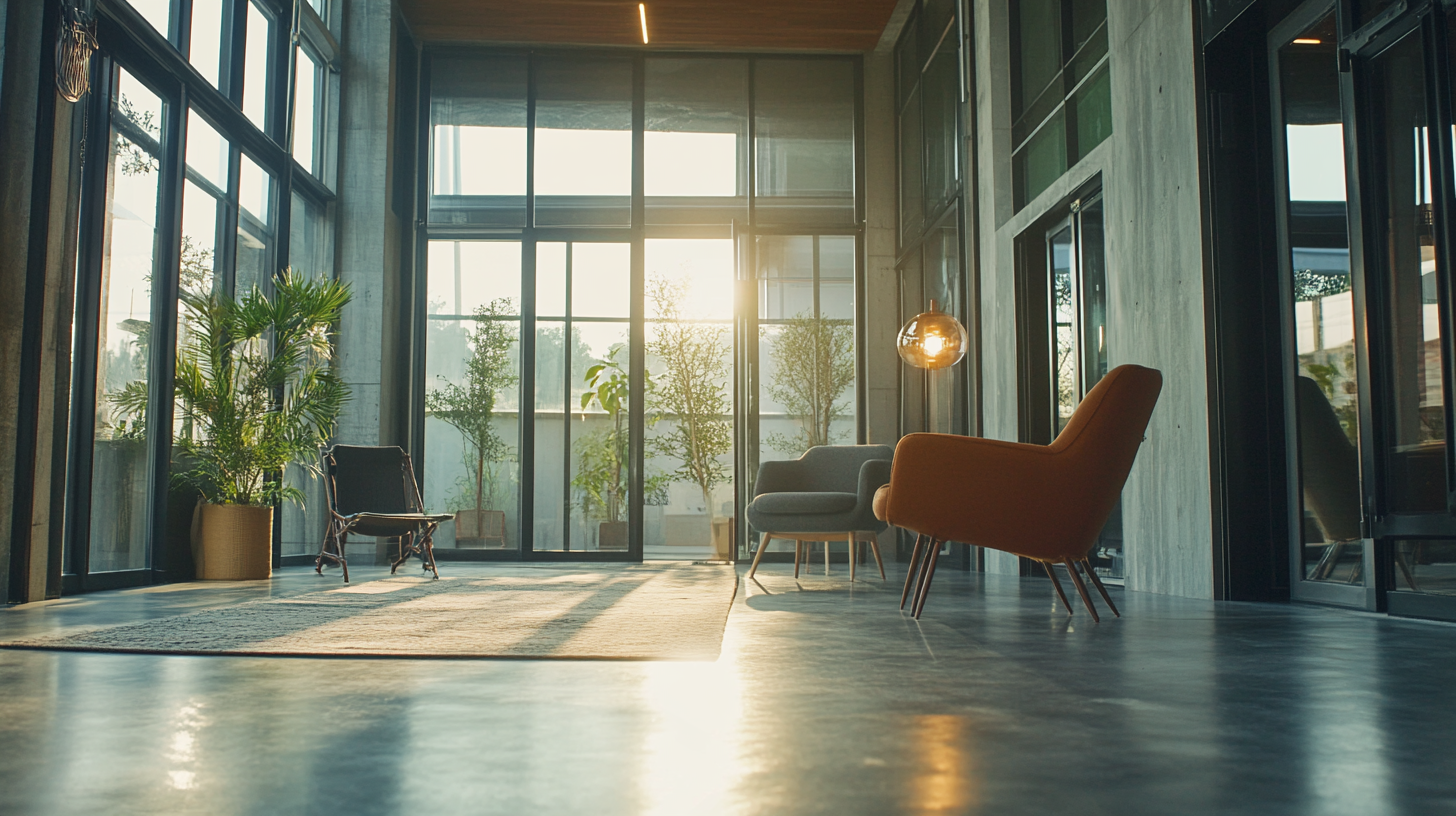
Emerging Design Trends in Custom Sliding Doors: A Global Perspective
The sliding door market is a field that has undergone an astonishing makeover over the past years, and the factors seem to change as the change in the desires of consumers and innovations in design shifts. According to the latest report from Market Research Future, in the period from 2022 to 2030, the global market for sliding doors is anticipated to grow at a CAGR of 5.4%. Indeed, it reflects a growing trend toward buying doors most importantly for their features but also to add aesthetic value to homes or commercial spaces. The introduction of innovative designs in customizable sliding doors now features a remarkable haul from sustainable materials to energy-efficient solutions. Consumers are inclined toward eco-friendliness, even lowering their carbon footprints. Manufacturers, for example, have introduced reused timber, composite materials, and energy-efficient glazing, which deliver aesthetic yet environmentally-friendly doors. According to an IBISWorld report, the earth-friendly building materials sector would grow by 12.9% on a yearly basis, thus emphasizing the significance of sustainability in modern-day designs. There is also a greater emphasis on customization of features above and beyond energy conservation. Included among these will be smart technology implementation enabling automatic opening systems; security enhancements; etc. The American Institute of Architects has also reported a growing trend in design personalization. In fact, 62% of homeowners surveyed stated the importance of personalized surfaces in all areas of their renovations. As these kinds of things swing and change, buyers all over the world will have more than one option that might balance style and functionality while keeping in mind environmental responsibility while looking for custom sliding doors.
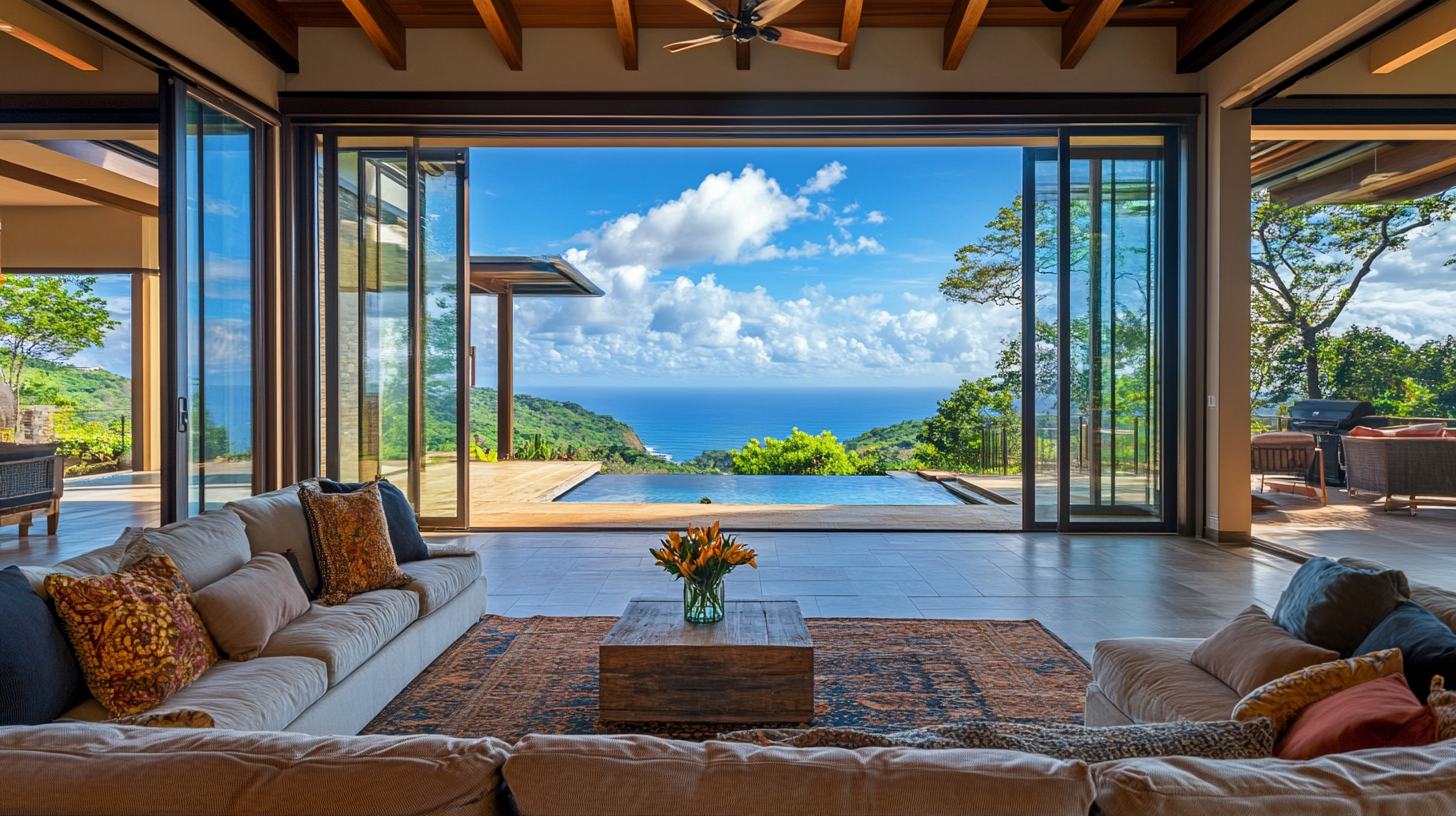
Sustainable Materials and Eco-Friendly Innovations in Door Manufacturing
The modern era has greatly shifted towards sustainability in home design and construction. As the trends of custom sliding doors continue to pick up, many manufacturers are also looking at green materials and doing innovating techniques. This trend, on one hand, could create a way in answering what the consumers want for their houses-they would want things that are almost environment-friendly. On the other hand, it will tackle the other side of production-from materials into overhead manufacturing operations.
Innovations in the sourcing of materials are opening the door to a greener future in door manufacturing. Recycled wood, bamboo, and sustainably harvested timber are becoming the common materials being used in customizing sliding doors. These not only assure less harm to the environment, but they also provide very special aesthetic properties that will adorn homes. In addition, technology has been able to helped in making products much more durable, requiring even less maintenance and with a longer life span, hence contributing further to the sustainability goals.
Along with material innovations, now there has been an increase in environmentally friendly manufacturing processes. Low-emission production processes and sourcing of renewable energy into the facilities of many companies have become common to facilitate the environmentally friendly process. Such are some of the specificities that bring in the broader approach of creating the carbon footprint reduction of the industry in sliding door production. Hence, the evolution of custom sliding doors is part of a larger argument around sustainability-the design and environmental accountability could easily go hand in hand without favoring one more than the other.
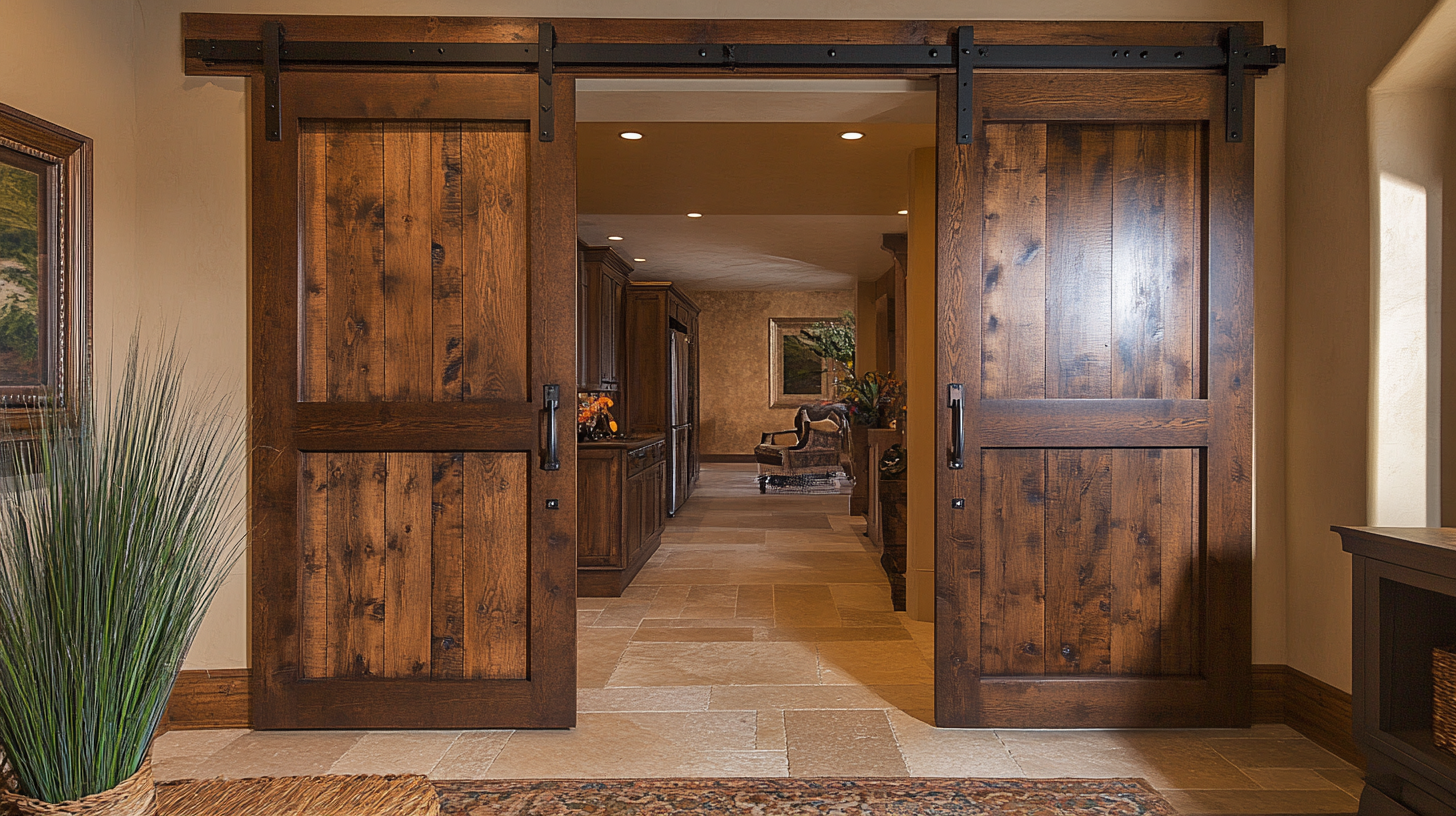
Technological Advancements: Smart Features in Sliding Door Solutions
As in nearly every industry, advancements in technological capabilities have created ripple effects in the custom sliding door market. Innovative design solutions are in demand globally, and manufacturers are introducing smart functions into sliding doors for greater functionality and ease of use. In a market research report, it was mentioned that the CAGR for smart home technology would be around 25% from 2023 to 2030. This growth further means that consumers are increasingly interested in buying home fixtures that can seamlessly enter their smart systems.
One remarkable trend is to automate sliding door systems controlled by smartphone applications for granting ease to open and close. This application enhances user convenience and accessibility. In addition, sensor technology enhances the user experience and saves energy. When powered by a motion sensor, the same door will close when no person is close by-in other words, it helps in saving heating and cooling costs.
Considerably adopting the same industrial principles are custom sliding door makers in the name of efficiency and automation being obviously visible due to high-throughput sequence(NGS) technology, which at present is changing laboratory practices. Manufactures are emphasizing the potential for simplifying the production process without compromising quality. Cutting-edge manufacturing techniques allow the rapid production of high-quality sliding doors in parallel with meeting the requirements of modern architecture and the changing needs of global buyers.
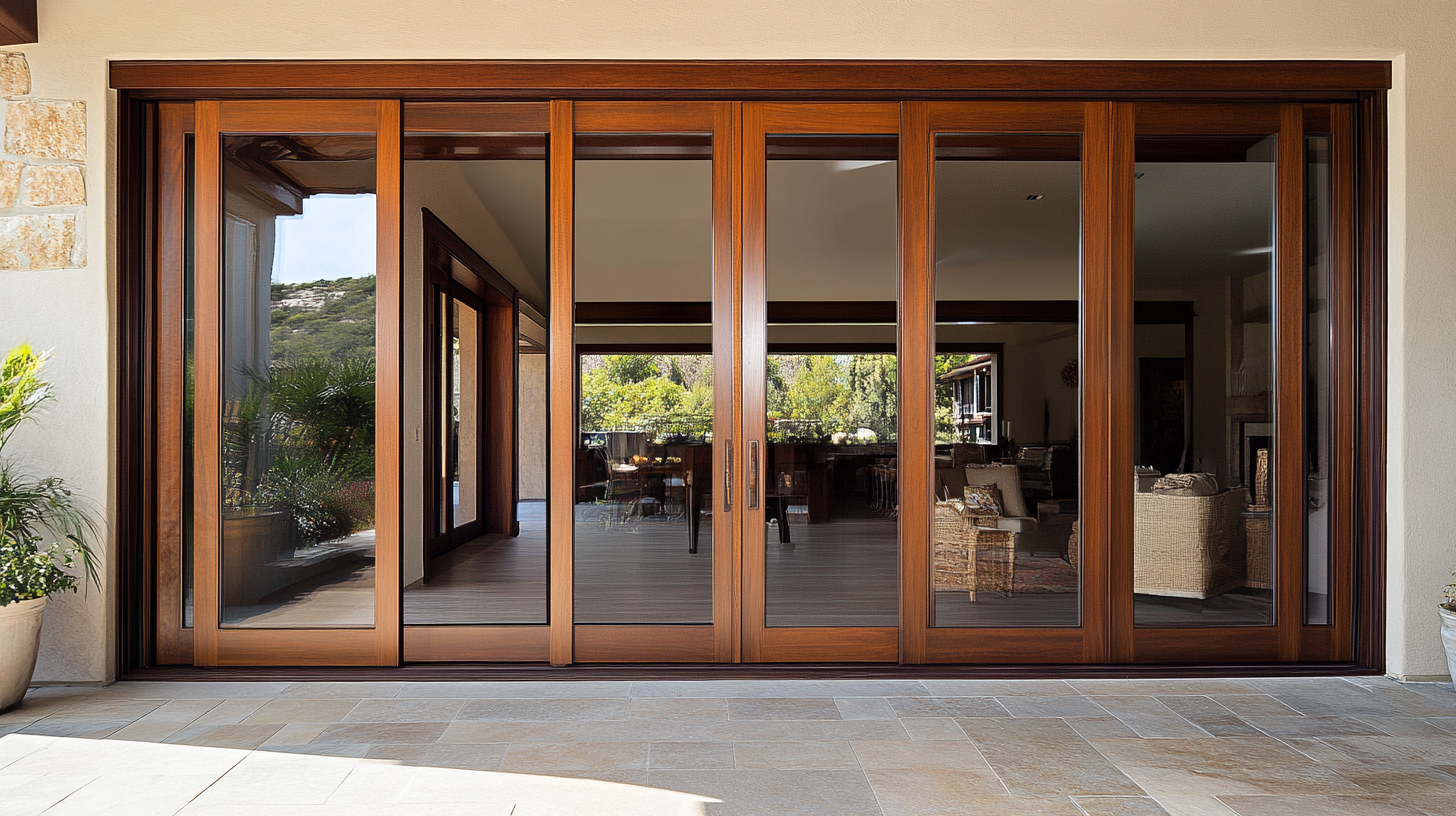
Cultural Influences on Sliding Door Aesthetics and Functionality
The most profound cultural influences feel thoughts about the aesthetic and functional appeal of custom-made sliding doors across the world. Changes in the market bring changes to possible designs and functions of sliding doors with respect to the eccentric tastes and traditions cherished by different societies all over. An excerpt from the recent study by the World Interior Design Association showed that more than 60% of homeowners now prefer personalized features. This, found in the report, would allow versatility to the design according to the requirements of culture from which the actual piece would be taken. It is largely a revolution of an increased demand for unique workmanship and local artistry, factors vital to the design in sliding doors.
From minimalism and simplicity of design it expresses the conceptual philosophy of Zen in East Asian countries. Mediterranean culture, on the other hand, prefers lively colors and complex patterns reflected in their aesthetic sense. Recent cultural exhibitions held in various countries prove this point: the "30th Anniversary of Diplomatic Relations between Korea and China," to name just one, argued that the coming together of heritage and modernity characterizes the latest trends in spaces-including custom-made sliding doors.
Innovative manufacturers also invest in these cultural elements to provide an efficient material and aesthetics that will complement their culturalization. Reports send the global sliding door market revolting to an annual 5.2% growth, thereby evidencing the craving for technical advancements in meeting culturally diverse clientele's expectations. Thus, as the designers look towards the future, that which will remain will be the concern in changing cultural phenomena when it comes to innovative thinking in the sliding door industry.
Customization Options: Tailoring Sliding Doors to Meet Diverse Consumer Needs
Custom Sliding Door systems have developed incredibly since their inception because of the great corner changes of consumer preferences globally. As homes become more personal, the demand for custom-built sliding doors reflecting individual styles and their functioning has increased immensely. The customization options have widen to personalize doors to fit a style but often some need such space optimization and energy saving meet specific needs.
Many manufacturers are nowadays offering diverse options in materials, from classic wood to sleek glass and durable metals, hence enabling buyers to choose finish combinations which would suit existing decor. Apart from materials, the choice of hardware which includes handles and sliding mechanisms is becoming more customized. This would enable consumers to most feature choices that make the door more user-friendly in addition to the beauty of their doors. With the latest innovations of smart technology, many of these doors now also feature automatic opening systems and security measures that have added modern living demands.
Besides these, awareness of sustainability has also contributed much in molding the design of sliding doors. Eco-friendly materials and energy-efficient designs make up most consumer preferences at present, thus forcing manufacturers to come up with innovations while taking sustainability into consideration. Personalization cannot stop at functionality as the latest trend is about personalized customization, all to make a statement that harmonizes with the unique lifestyle of each buyer. It demonstrates how customization can meet the diverse needs of consumers of today's world from functionality to a statement piece.

